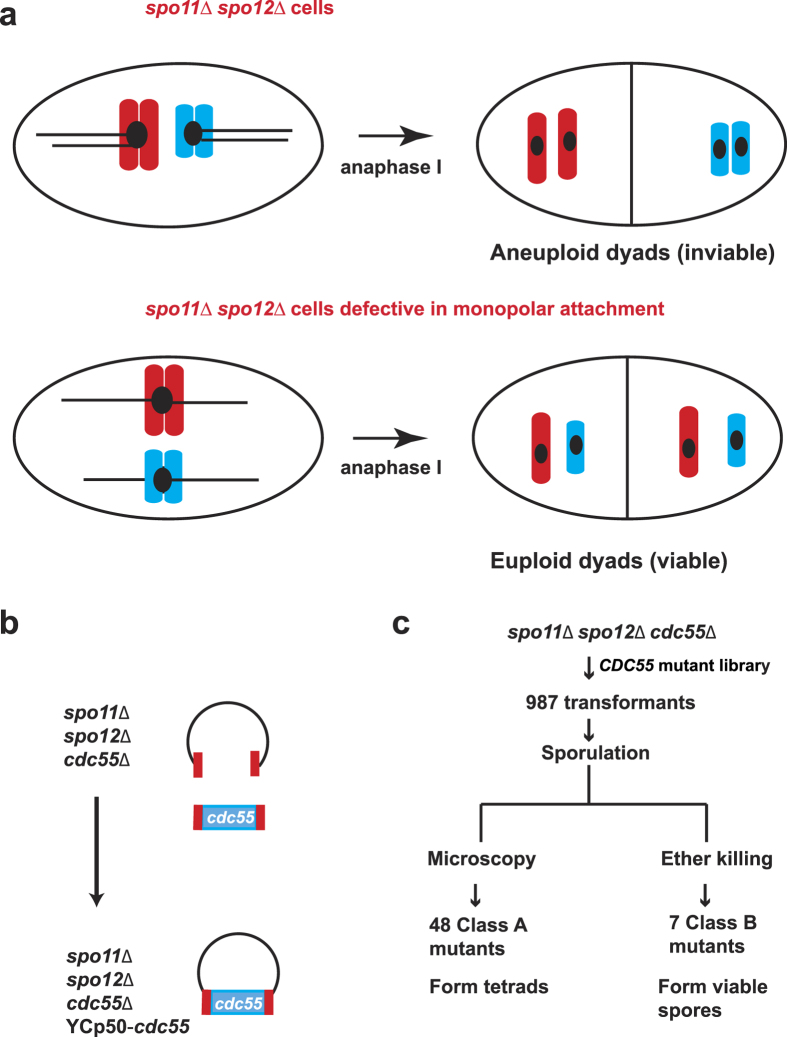Figure 1. Isolation of ‘monopolin’ alleles of cdc55.
(a) spo11Δ spo12Δ cells form inviable aneuploid dyads due to reductional segregation of sister chromatids during anaphase I (top panel). Disabling monopolar attachment in spo11Δ spo12Δ cells results in equational segregation of sister chromatids and production of viable euploid dyads (bottom panel). Anaphase I segregation of two pairs of non-homologous sister chromatids (in red and blue) with kinetochores (as black circles) and spindle (as a black line) is depicted in the schematic. (b) spo11Δ spo12Δ cdc55Δ cells were transformed using with a library of cdc55 mutant alleles generated by random PCR mutagenesis followed by gap-repair mediated transformation. (c) Screen generated two classes of mutants. Class A mutants suppressed the spo12Δ dyad phenotype and were identified by dark-field microscopy. Class B mutants (monopolin) produced viable spores as determined by performing the ether-killing based spore viability assay.

